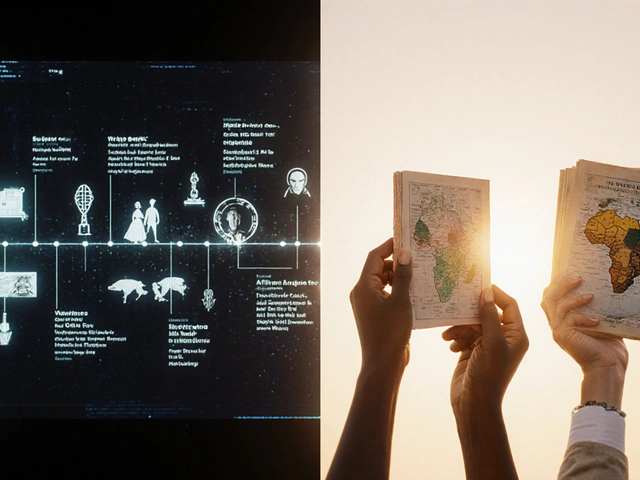Article Retention on Wikipedia: How Content Survives, Fights, and Evolves
When you think of Wikipedia, you might picture a static library of facts. But behind every article that stays up is a quiet, often fierce battle over article retention, the process by which Wikipedia editors decide whether a topic deserves to remain on the site. Also known as content survival, it’s not about popularity—it’s about policy, proof, and power. An article doesn’t live because it’s popular. It lives because someone fought for it, cited reliable sources, followed the rules, and survived review after review.
Article retention doesn’t happen in a vacuum. It’s shaped by Wikipedia policies, the formal rules that guide editing, sourcing, and neutrality, especially notability, the standard that asks: does this topic have significant coverage in independent, reliable sources?. If a page lacks that, it’s flagged for deletion. But even then, editors can appeal, rewrite, or rally support. This is where Wikipedia content moderation, the ongoing work of reviewing, reverting, and rescuing articles becomes visible. It’s not automated. It’s human. And it’s messy. Some articles get deleted for being too vague. Others survive because they’re tied to major events, academic research, or passionate communities. The line isn’t always clear.
Article retention also reflects deeper tensions. Who gets to decide what’s important? Is a small-town newspaper enough to prove notability? Can a new topic—like a viral AI tool or a grassroots protest—earn a spot before mainstream media covers it? These aren’t theoretical questions. They play out daily in talk pages, deletion discussions, and ArbCom cases. You’ll find examples in posts about sockpuppetry, paid editing, and WikiProjects—all of which influence whether an article lives or dies. Some editors fight to preserve niche topics. Others push to clean up low-quality content. The system isn’t perfect, but it’s designed to be transparent. And that transparency is what keeps Wikipedia from becoming just another echo chamber.
What follows is a collection of real stories from inside Wikipedia’s editorial trenches. You’ll see how article retention plays out in crisis coverage, local journalism, AI debates, and community surveys. You’ll learn how tools, policies, and human decisions interact to shape what the world sees as knowledge. This isn’t about winning arguments. It’s about understanding how knowledge gets built—and who gets left out when it’s torn down.
Proposed Mergers vs Deletions on Wikipedia: How to Decide
Learn how Wikipedia decides whether to merge or delete articles - based on notability, sources, and policy, not opinion. Understand the real process behind content cleanup on the world's largest encyclopedia.






